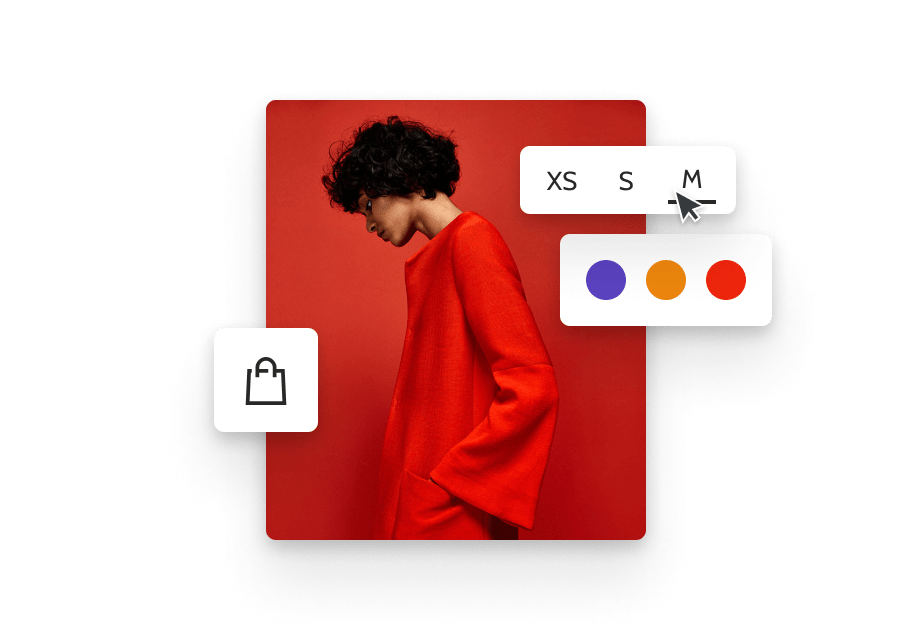In today’s fast-paced world, where stress, anxiety, and distractions are all too common, mindfulness offers a powerful way to reconnect with the present moment, calm the mind, and nurture mental well-being. Mindfulness is about paying attention, on purpose, to the here and now without judgment. It’s a simple practice that can yield profound benefits for your mental health and overall well-being. Here are some daily mindfulness techniques to incorporate into your life:
1. Mindful Breathing
At the core of mindfulness is conscious breathing. The simple act of focusing on your breath can help ground you in the present moment, reduce stress, and promote relaxation.
How to practice:
- Sit comfortably in a quiet space.
- Close your eyes and take a deep breath in through your nose, counting to four.
- Hold your breath for a moment, and then slowly exhale through your mouth, counting to four again.
- Focus all your attention on the sensation of the air entering and leaving your body.
- If your mind wanders, gently guide your focus back to your breath.
This practice can be done anytime—whether you’re at work, preparing for bed, or feeling overwhelmed. Even a few minutes of mindful breathing can bring calm and clarity to your day.
2. Body Scan Meditation
The body scan meditation helps you reconnect with your body, relieving physical tension and mental stress. It’s a great way to cultivate awareness of how your body feels in the present moment.
How to practice:
- Lie down or sit comfortably with your eyes closed.
- Start by focusing your attention on your toes, noticing any sensations, tension, or relaxation.
- Slowly move your focus upwards, scanning your feet, legs, abdomen, chest, arms, and face.
- Pay attention to each part of your body without trying to change anything—simply notice and acknowledge what you feel.
- As you scan, breathe deeply and release any tension you might be holding.
This practice helps promote physical relaxation, enhances your mind-body connection, and can be particularly helpful for reducing anxiety.
3. Mindful Walking
Walking mindfully can transform an ordinary activity into a peaceful, grounding experience. This practice encourages you to be fully present as you walk, observing the sensations in your body and your surroundings.
How to practice:
- As you walk, pay attention to each step—how your feet feel as they touch the ground, the motion of your legs, and the rhythm of your breathing.
- Notice the sounds around you, the texture of the air, and the sights of your surroundings without becoming attached to any thoughts.
- Keep your mind focused on the act of walking. If your thoughts drift, gently bring your awareness back to the present moment.
Mindful walking can be done anywhere—on your way to work, while taking a break, or during a nature walk. It’s a powerful way to reset and relieve stress.
4. Gratitude Practice
Gratitude is a simple but transformative practice that can shift your perspective, reduce negative thinking, and improve your overall mental health.
How to practice:
- Each day, take a few moments to reflect on three things you are grateful for.
- They can be as small as a cup of coffee or as significant as a supportive friend.
- Write them down in a gratitude journal, or simply say them aloud to yourself.
By focusing on the positive aspects of your life, you can create a more optimistic mindset, reduce stress, and enhance your emotional well-being.
5. Mindful Eating
Eating mindfully helps you appreciate and enjoy your food while fostering a deeper connection to your body’s hunger and fullness cues. It’s a practice of slowing down and savoring every bite, which can improve digestion and help with emotional eating.
How to practice:
- Begin your meal by taking a deep breath and expressing gratitude for the food in front of you.
- Eat slowly, paying attention to the taste, texture, and smell of each bite.
- Chew thoroughly and notice how your body feels as you eat.
- Put down your fork between bites to fully engage with the experience.
Mindful eating is not only a great way to enjoy food, but it can also help break the cycle of stress eating and create a healthier relationship with food.
6. Mindfulness Journaling
Writing in a journal is a therapeutic way to clear your mind, express emotions, and reflect on your thoughts and experiences. A mindfulness journal helps you stay present and gain clarity on what’s happening in your life.
How to practice:
- Set aside 5-10 minutes a day to write down your thoughts, emotions, or experiences.
- Focus on how you felt during the day, what moments stood out, and any challenges or successes you experienced.
- You can also write about what you’re grateful for, your goals for the day, or simply what’s on your mind at the moment.
Mindfulness journaling allows you to process your emotions, reduce mental clutter, and enhance self-awareness.
7. Mindful Listening
In a world filled with constant noise and distractions, practicing mindful listening can help you strengthen your relationships, improve focus, and reduce stress.
How to practice:
- When someone speaks to you, give them your full attention.
- Listen without interrupting, formulating a response, or letting your mind wander.
- Focus on the speaker’s words, tone of voice, and body language.
- Acknowledge their feelings and try to understand their perspective fully.
Mindful listening fosters deeper connections and creates a sense of presence and calm in your interactions.
Conclusion
Incorporating these mindfulness techniques into your daily routine can have a profound impact on your mental health. From mindful breathing to gratitude journaling, these practices are simple yet effective ways to reduce stress, increase self-awareness, and promote emotional well-being. The beauty of mindfulness lies in its flexibility—it can be done anywhere and adapted to fit into your lifestyle. By practicing mindfulness, you give yourself the gift of presence, peace, and mental clarity.








